Montana, known for its breathtaking landscapes and wide-open spaces, is a dream destination for road-trippers and adventurers. The allure of the open road often brings up a practical question for those looking to save on accommodation or simply embrace a more rustic travel style: is it legal to sleep in your car in Big Sky Country? The answer isn’t a simple yes or no, but rather a patchwork of state laws, local rules, and practical considerations.
The good news for weary travelers is that Montana does not have a statewide law that explicitly prohibits sleeping in your vehicle. This provides a degree of flexibility for those on the move. However, this freedom is not absolute and is subject to a variety of local ordinances and specific location rules. The key to staying on the right side of the law is understanding where you can and cannot park for the night.
Permissible Places for Overnight Parking
While there’s no overarching ban, certain areas are generally more welcoming to overnight vehicle campers than others.
-
Rest Areas: Montana’s rest areas are a common choice for travelers needing a break. The Montana Department of Transportation allows for overnight stays at its rest stops, though there are time limits to be aware of. The general rule permits parking for up to 16 hours. This is usually ample time for a full night’s rest before hitting the road again. These facilities are designed for traveler safety and convenience, often equipped with restrooms and lighting.
-
National Forests and BLM Land: For those seeking a more scenic overnight spot, the vast expanses of national forests and Bureau of Land Management (BLM) land in Montana offer fantastic opportunities. Dispersed camping, which is camping outside of a designated campground, is typically allowed in these areas free of charge. This means you can often find a secluded spot to park your car for the night. It’s crucial, however, to check the specific regulations for the national forest or BLM district you are in, as some areas may have restrictions to protect wildlife or natural resources. Always practice Leave No Trace principles when camping on public lands.
-
Private Campgrounds and RV Parks: For a more comfortable and secure experience, private campgrounds and RV parks are an excellent option. While they come with a fee, they offer amenities such as showers, laundry facilities, and hookups for electricity and water. Many of these establishments cater to car campers and can provide a safe and legal place to spend the night.
Places to Avoid for Overnight Stays
Just as there are welcoming spots, there are also places where sleeping in your car is likely to attract unwanted attention.
-
City Streets: This is where the laws can get tricky. Many cities and towns in Montana have local ordinances that restrict or prohibit sleeping in vehicles on public streets, especially in residential areas. For example, the city of Bozeman has an ordinance that makes it illegal to camp or sleep in a vehicle on any public street, alley, or public property. Violating these local rules can result in a ticket and a fine. Always look for posted signs that indicate parking restrictions.
-
Private Property: Parking on private property without permission is a clear no-go. This includes the parking lots of businesses like Walmart or Cabela’s. While some retail chains have a reputation for being friendly to overnight RVers, policies can vary by location and are subject to the discretion of the store manager. It is always best to ask for permission from the management before settling in for the night. Parking on private property without consent can be considered trespassing.
-
“No Trespassing” or “No Overnight Parking” Zones: This might seem obvious, but it’s worth stating. Always be vigilant for signs that explicitly forbid overnight parking. These are often found at trailheads, scenic overlooks, and other day-use areas. Ignoring these signs is a surefire way to have a run-in with law enforcement.
Safety and Practical Considerations
Beyond the legalities, there are several practical aspects to consider to ensure a safe and comfortable night’s sleep in your car.
-
Safety First: Choose your parking spot wisely. Well-lit and well-trafficked areas, like designated rest stops, are generally safer than isolated, dark spots. Keep your doors locked and be aware of your surroundings. It’s also a good idea to let someone know your general location.
-
Comfort is Key: Prepare your vehicle for a good night’s sleep. Use window coverings for privacy and to block out light. A comfortable sleeping pad and sleeping bag can make a world of difference. Ensure you have proper ventilation to prevent condensation buildup, but be mindful of security. Cracking a window slightly is a common practice, but it’s wise to have a rain guard to keep out the elements.
-
Be Prepared for the Weather: Montana’s weather can be unpredictable and can change rapidly, especially in the mountains. Even in the summer, nighttime temperatures can drop significantly. Make sure you have warm bedding and clothing. In the winter, sleeping in your car can be dangerous without the proper gear, such as a sub-zero sleeping bag and proper insulation. Never run your car’s engine for heat while you sleep due to the risk of carbon monoxide poisoning.
In conclusion, while sleeping in your car in Montana is not illegal on a statewide level, it requires a bit of planning and awareness. By sticking to designated rest areas, public lands where dispersed camping is permitted, and private campgrounds, you can enjoy a legal and restful night. Always be respectful of local ordinances and private property rights, and prioritize your safety to make your Montana road trip a memorable and hassle-free adventure.
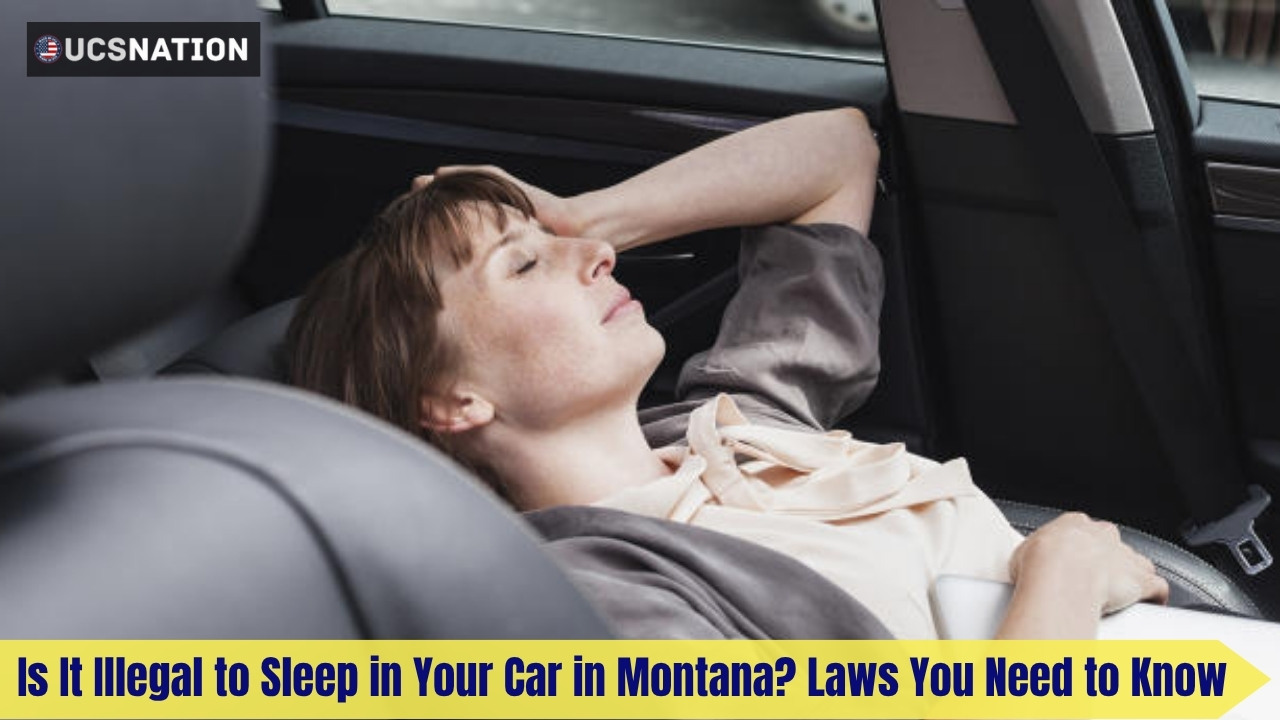
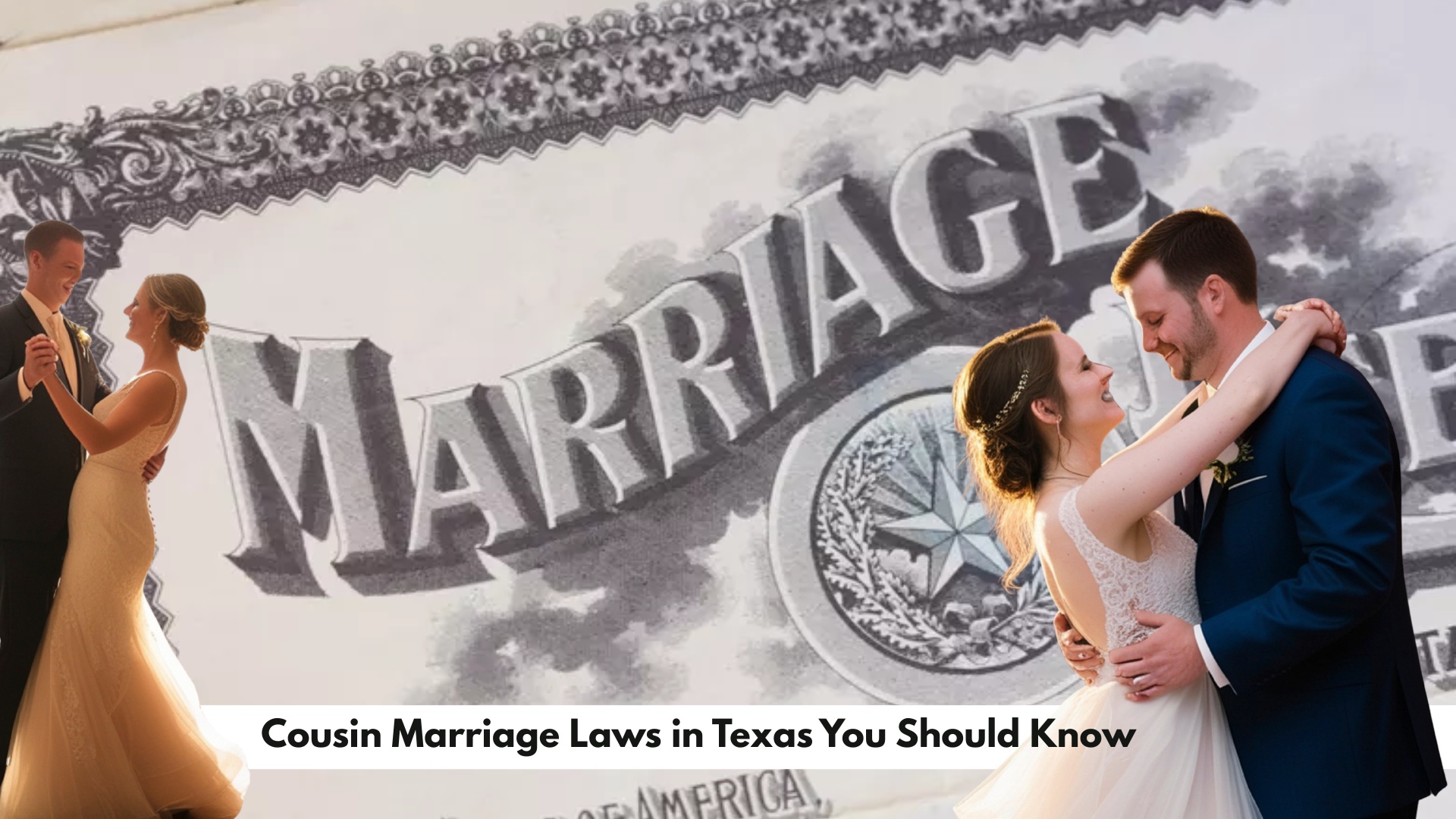

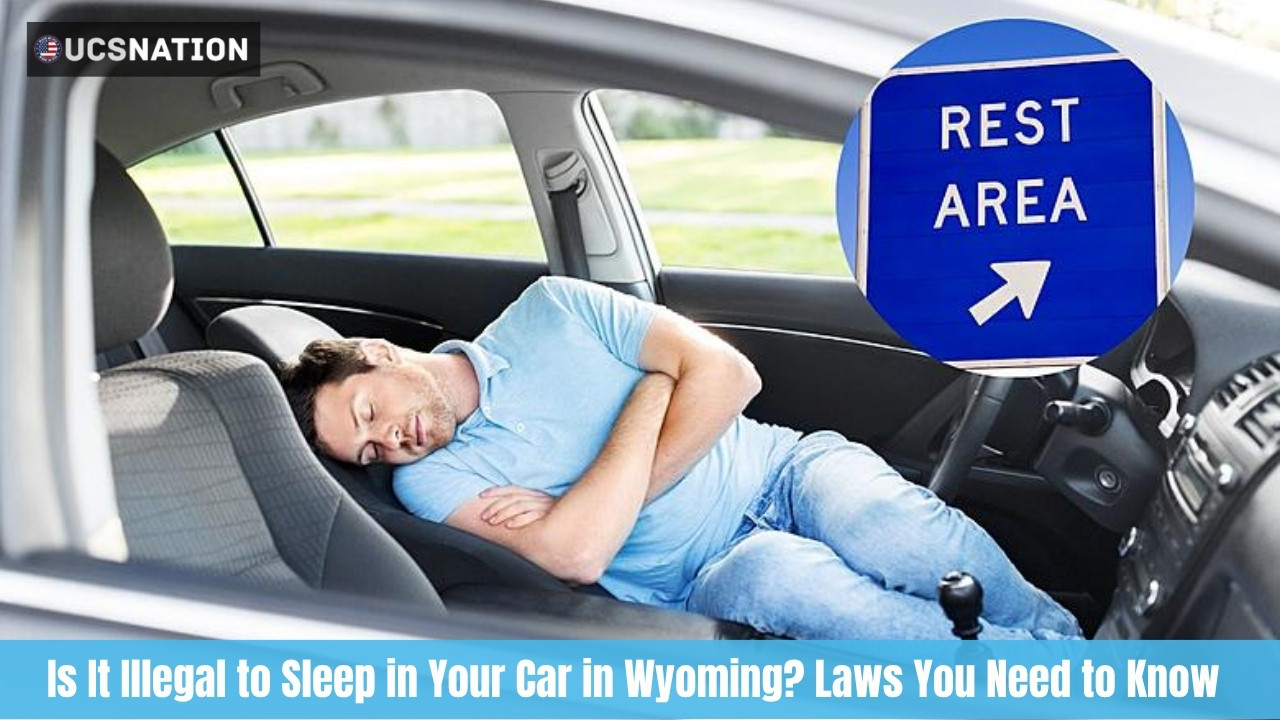
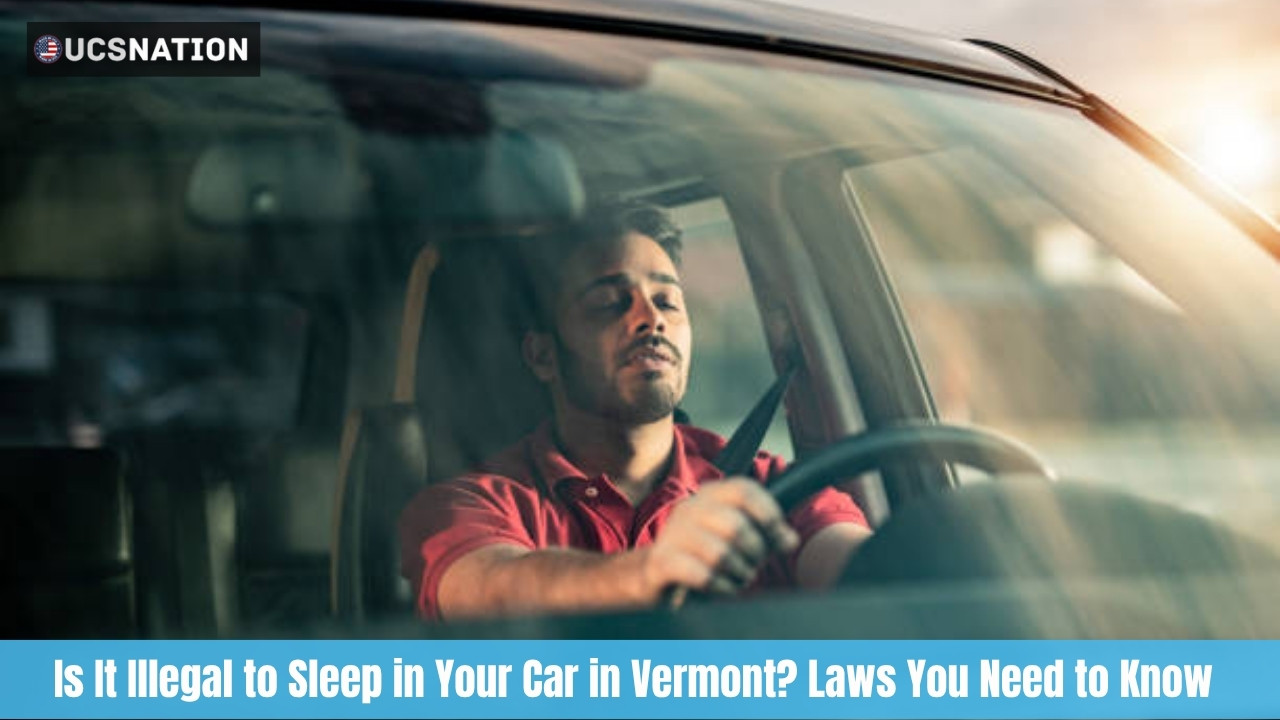
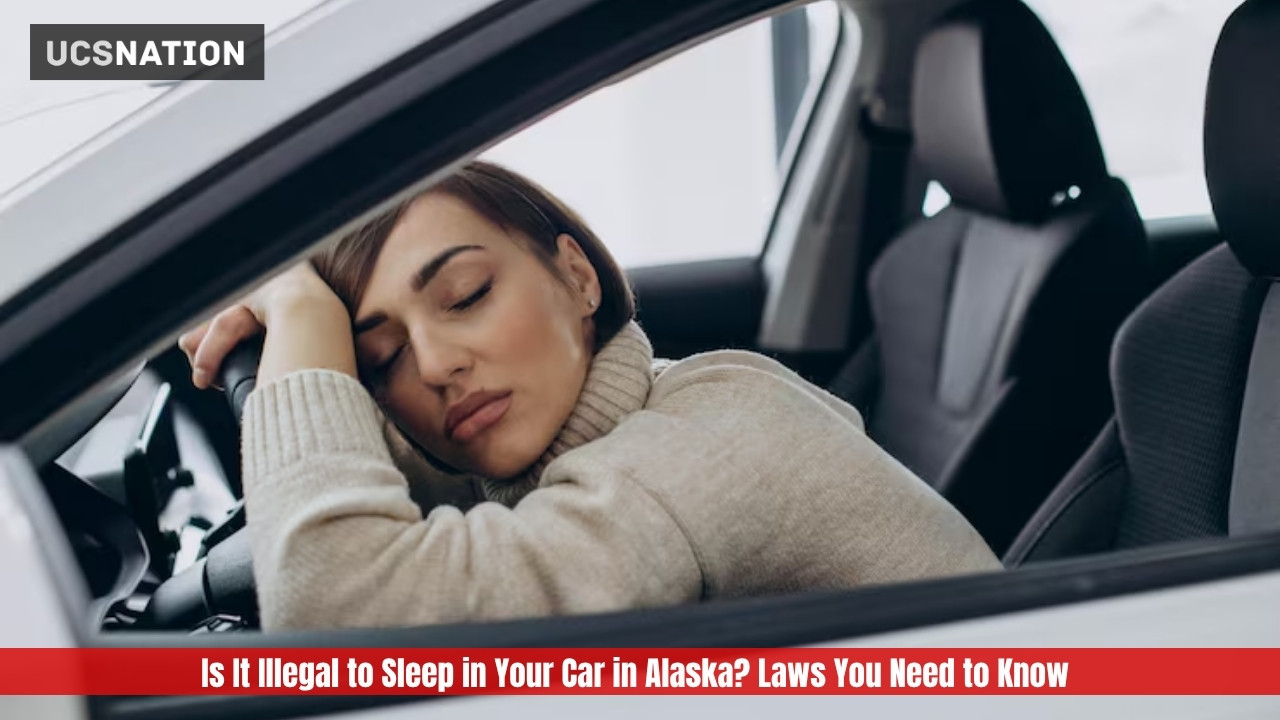
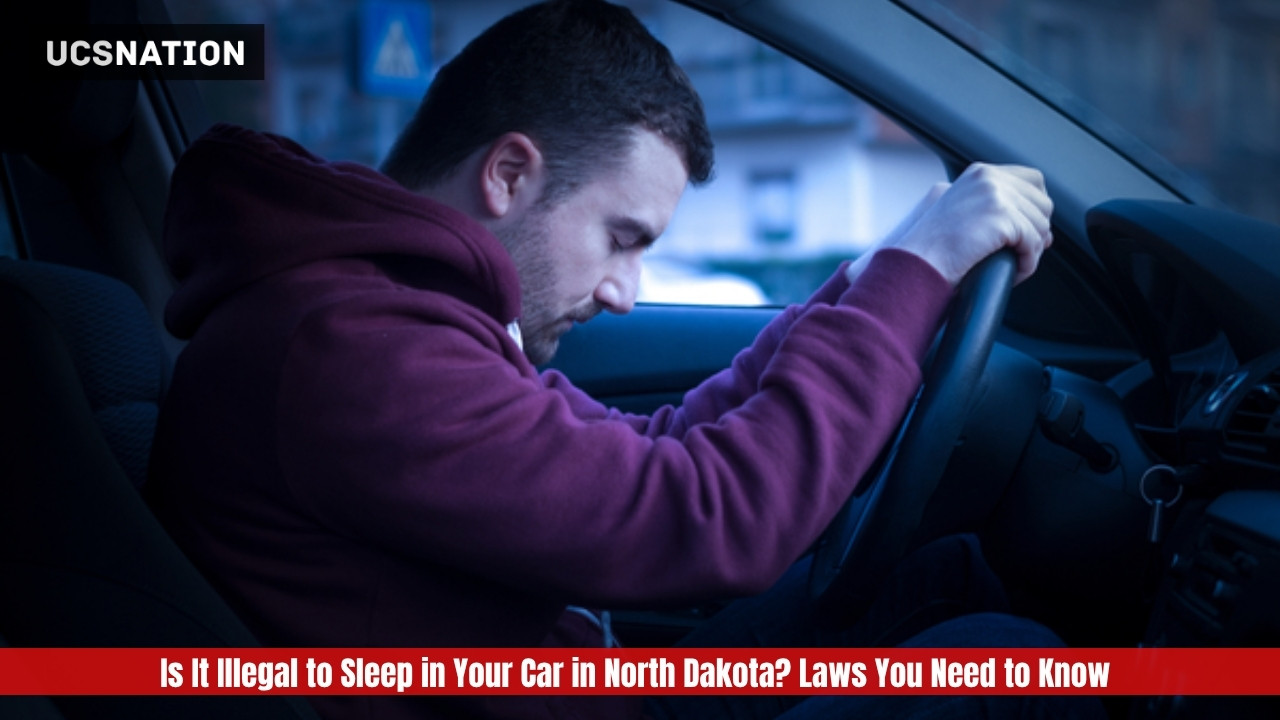
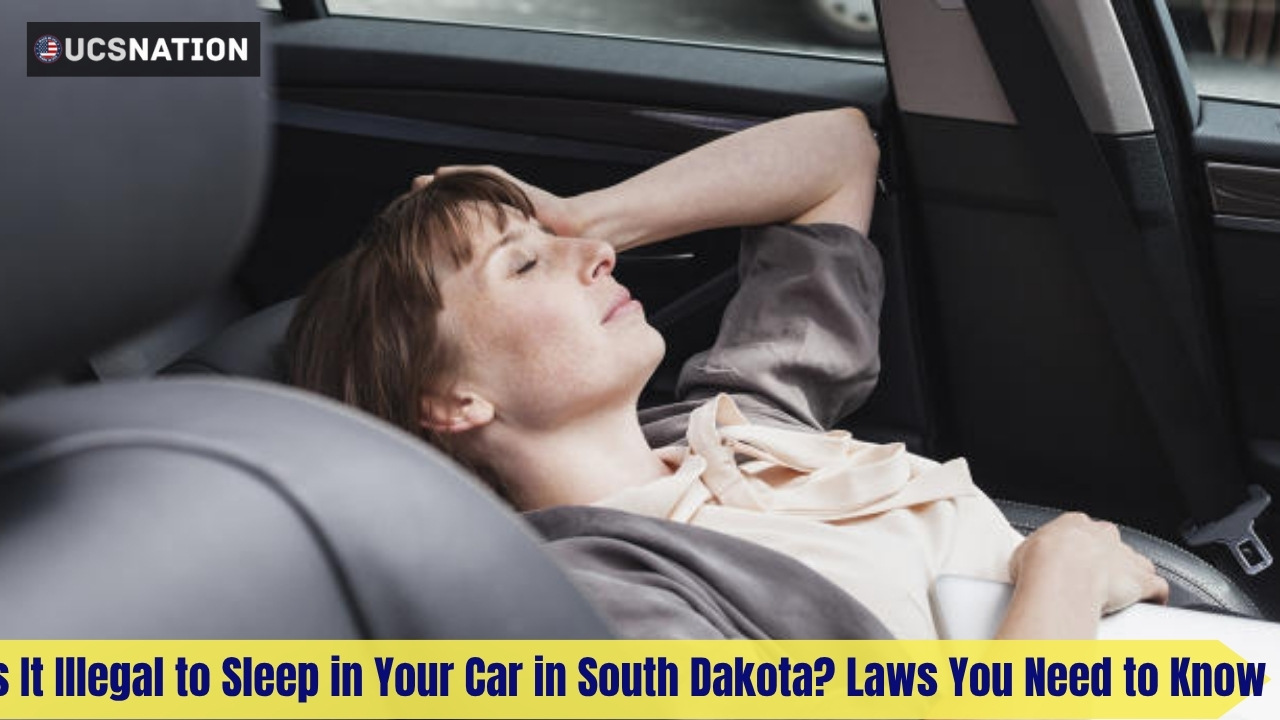

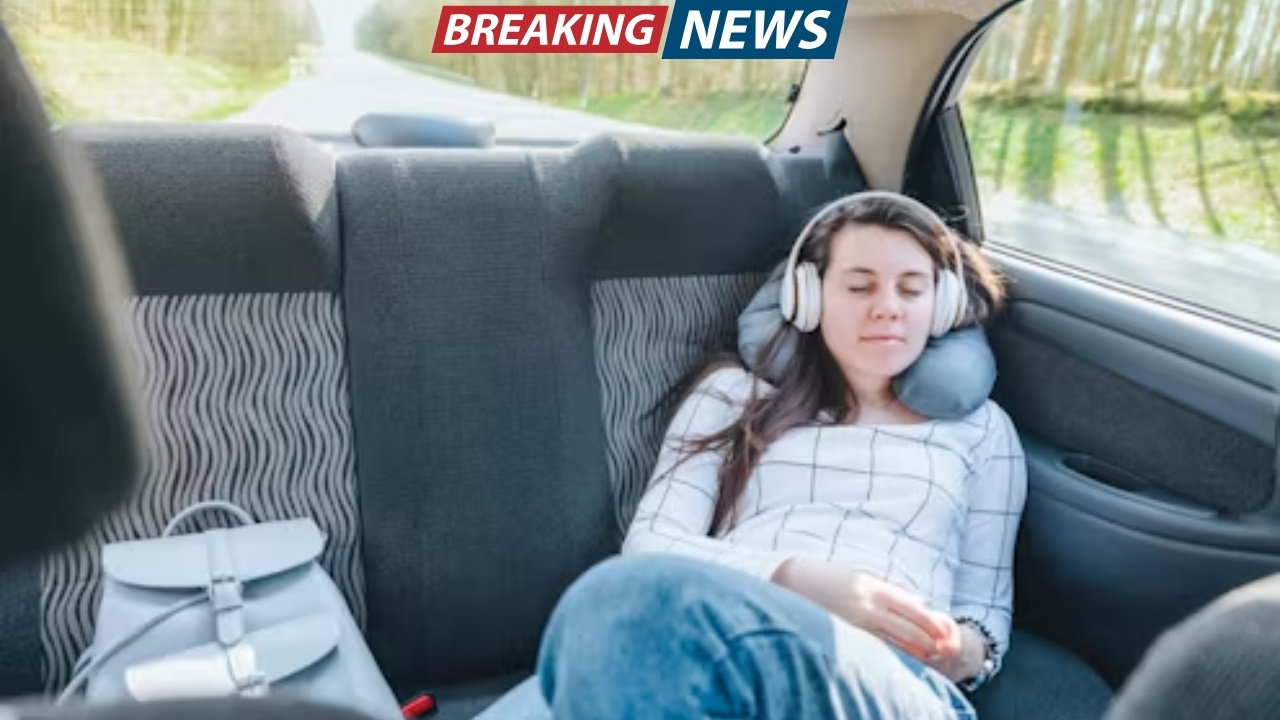
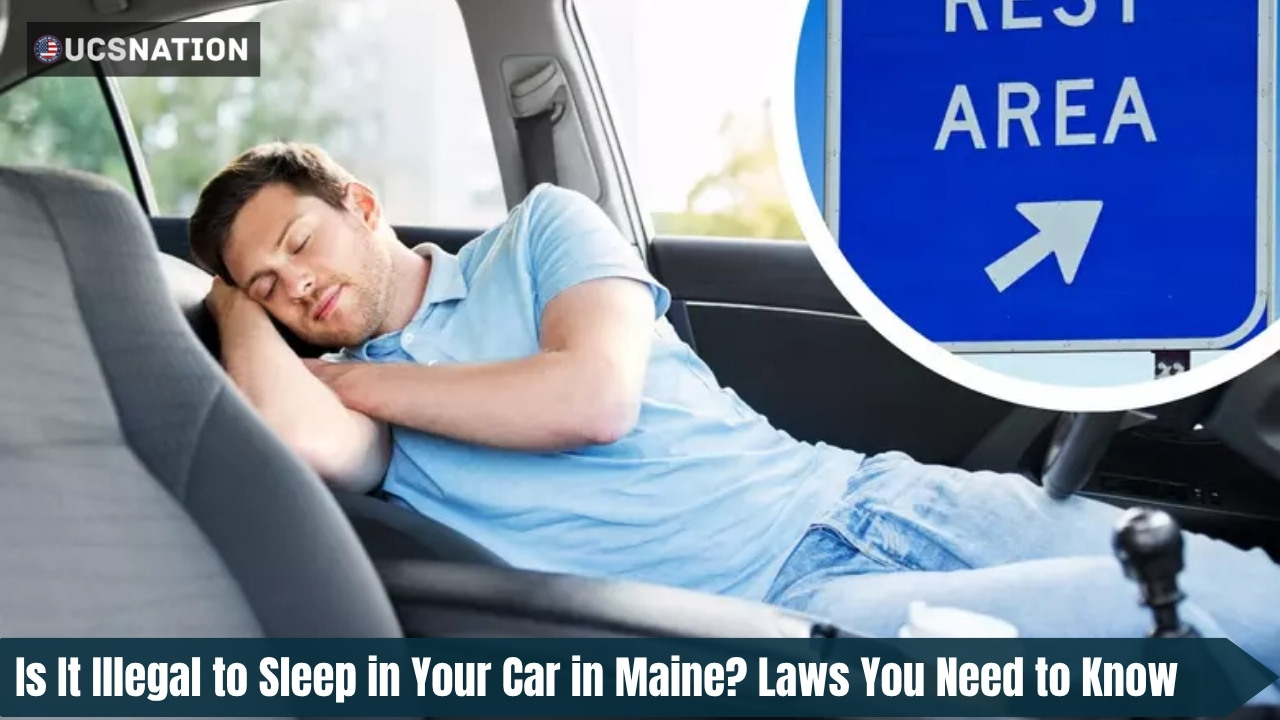


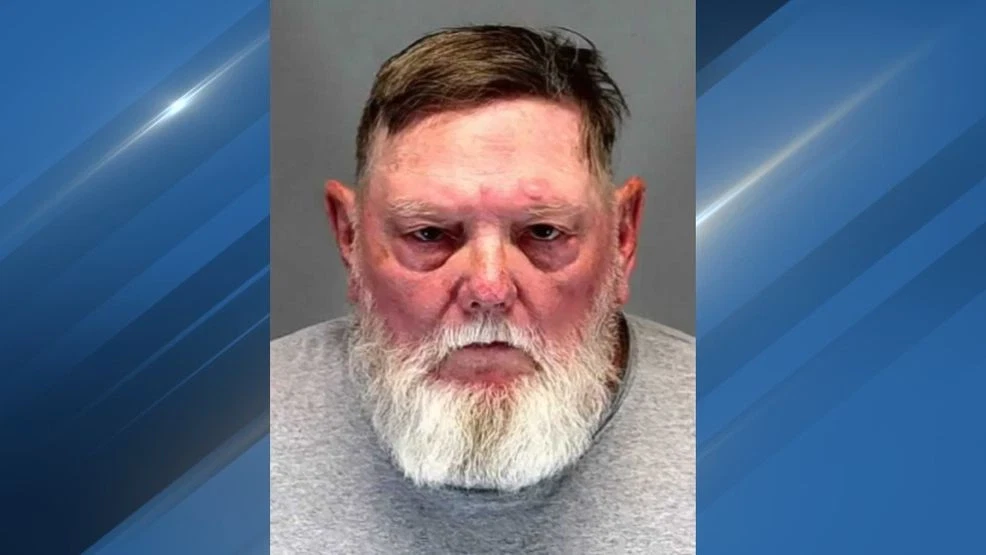

Leave a Reply